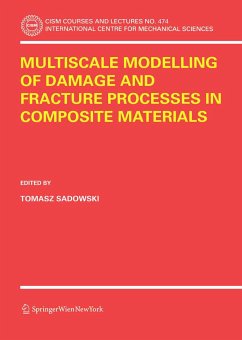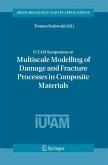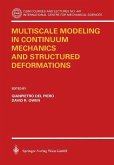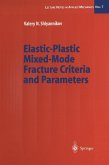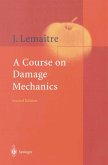This book explores damage growth and fracture processes in cementitious, ceramic, polymer and metal matrix composites, integrating properties like stiffness and strength with observation at below macroscopic scale. Advances in multiscale modelling and analysis pertain directly to materials which either have a range of relevant microstructural scales, like metals, or do not have a well-defined microstructure, like cementitious or ceramic composites.
Dieser Download kann aus rechtlichen Gründen nur mit Rechnungsadresse in A, B, BG, CY, CZ, D, DK, EW, E, FIN, F, GR, HR, H, IRL, I, LT, L, LR, M, NL, PL, P, R, S, SLO, SK ausgeliefert werden.

